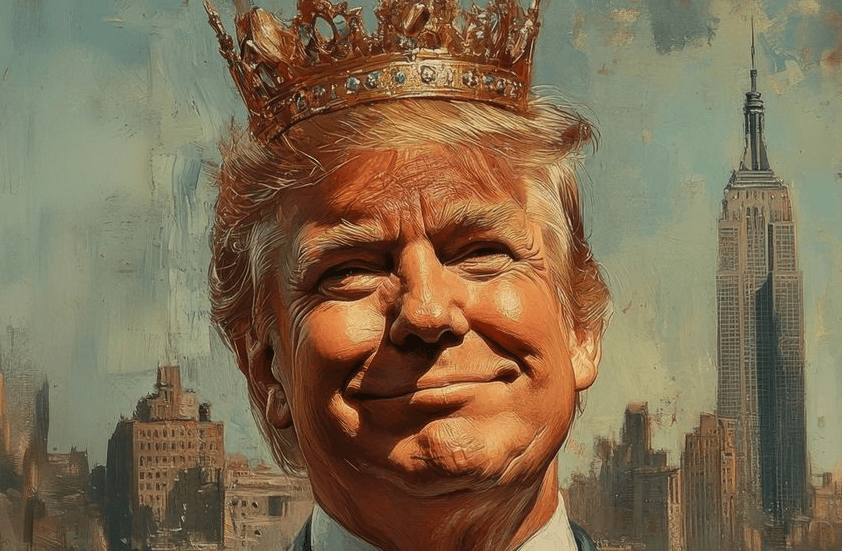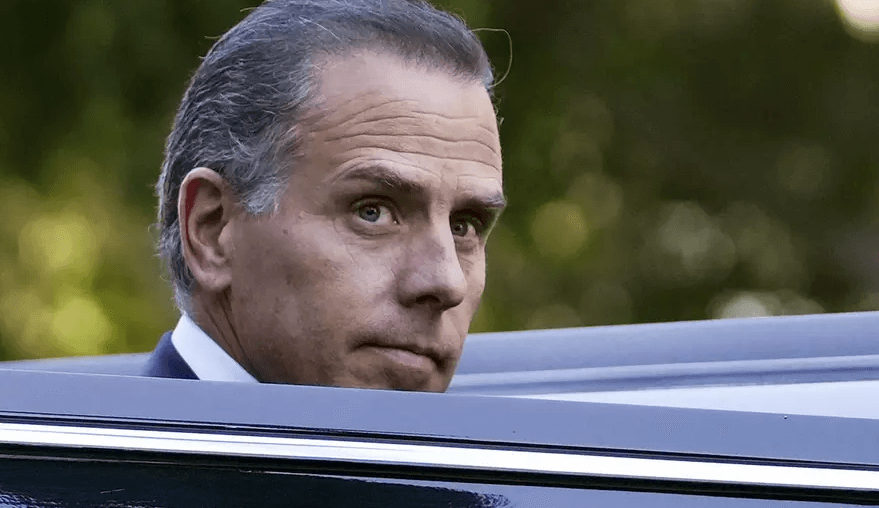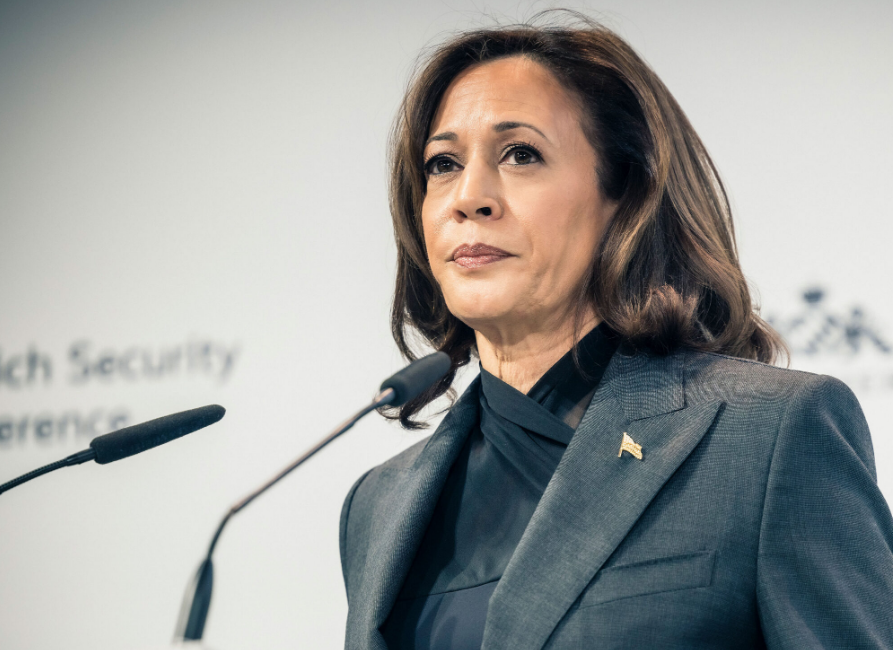US Former President Donald Trump referred to himself as a “king” after his administration moved to veto New York City’s congestion pricing plan, a measure to alleviate traffic congestion and fund repairs to the city’s crumbling transit system.
CONGESTION PRICING IS DEAD. Manhattan, and all of New York, is SAVED,” Trump posted on Truth Social. “LONG LIVE THE KING!” The White House X account echoed the post, posting a photo of Trump sporting a crown.
It follows just days of Presidents Day protests across America, where protesters renamed the holiday “No Kings Day” in anger at Trump’s style of leadership.
“CONGESTION PRICING IS DEAD. Manhattan, and all of New York, is SAVED. LONG LIVE THE KING!”
–President Donald J. Trump pic.twitter.com/IMr4tq0sMB— The White House (@WhiteHouse) February 19, 2025
New York’s congestion pricing program, put in place Jan. 5, charged most passenger cars a fee of $9 to drive into Manhattan south of 60th Street during rush hours, trucks and buses up to $21.60. It was expected to generate $500 million the first year and return $15 billion in transit revenue through debt leveraging.
In the meantime, some of President Trump’s largest supporters within the New York Democrat party believe that the project had already improved commutes, reduced traffic jams, and made school buses on time. “We are a nation of laws, not ruled by a king,” Hochul responded to Trump’s announcement. “We’ll see you in court.”
The New York bridge authority and the Metropolitan Transportation Authority (MTA) filed a suit to halt the federal rollback as “blatantly political” and intended to complete a Donald Trump campaign vow in his campaign for the election.
U.S. Transportation Secretary Sean Duffy defended the move as unjust to charge working people without offering a free option. But transit officials say the program had led to faster bus rides, increased ridership on subways, and reduced commutes over river crossings in the city—10% to 30% less travel time.
Before congestion pricing, over 700,000 vehicles daily crossed Midtown Manhattan, slowing down traffic to just 11 km/h—23% less than in 2010. The program temporarily in legal suspension makes New York’s transportation future unsettled.







Leave a Reply